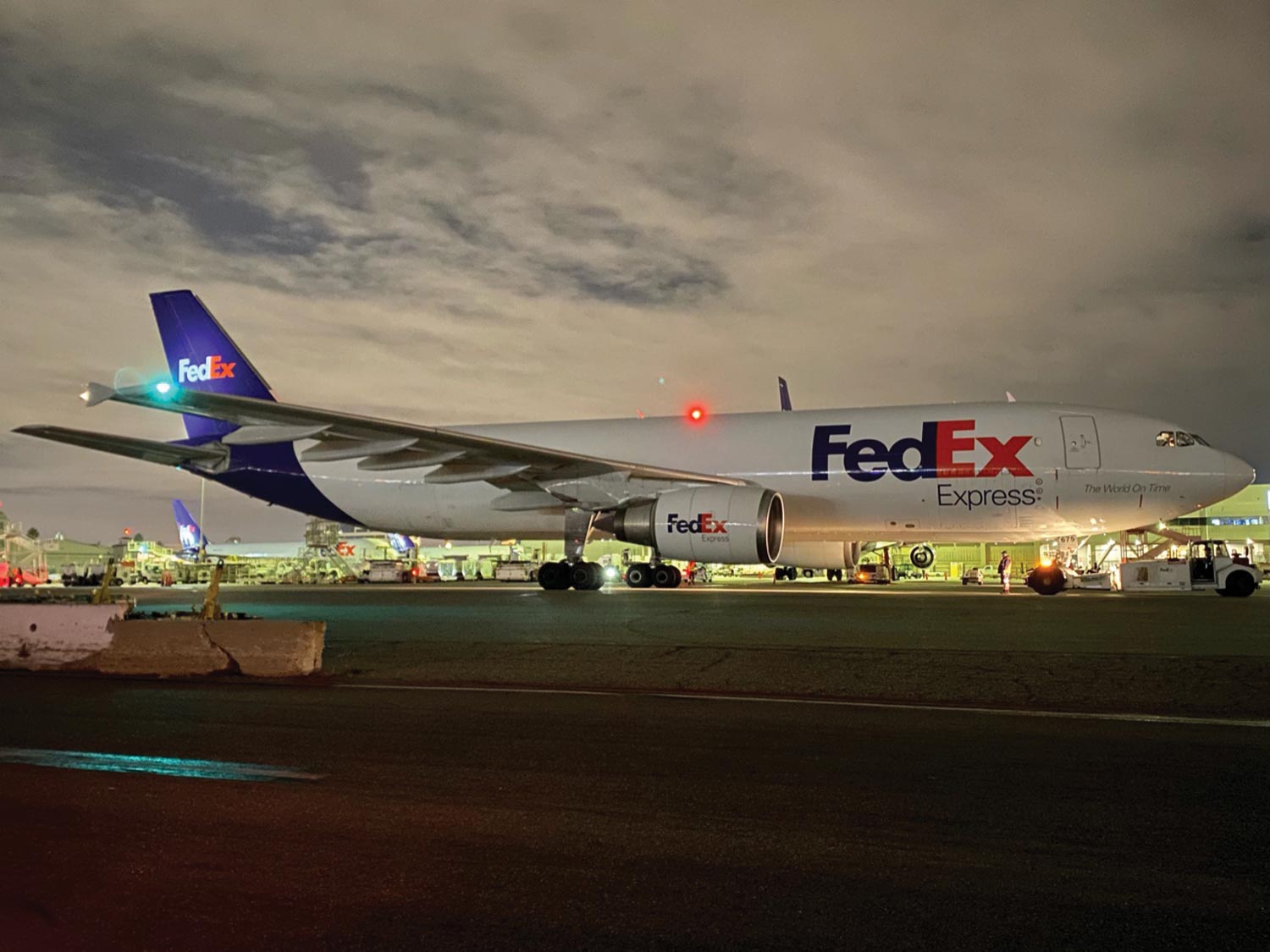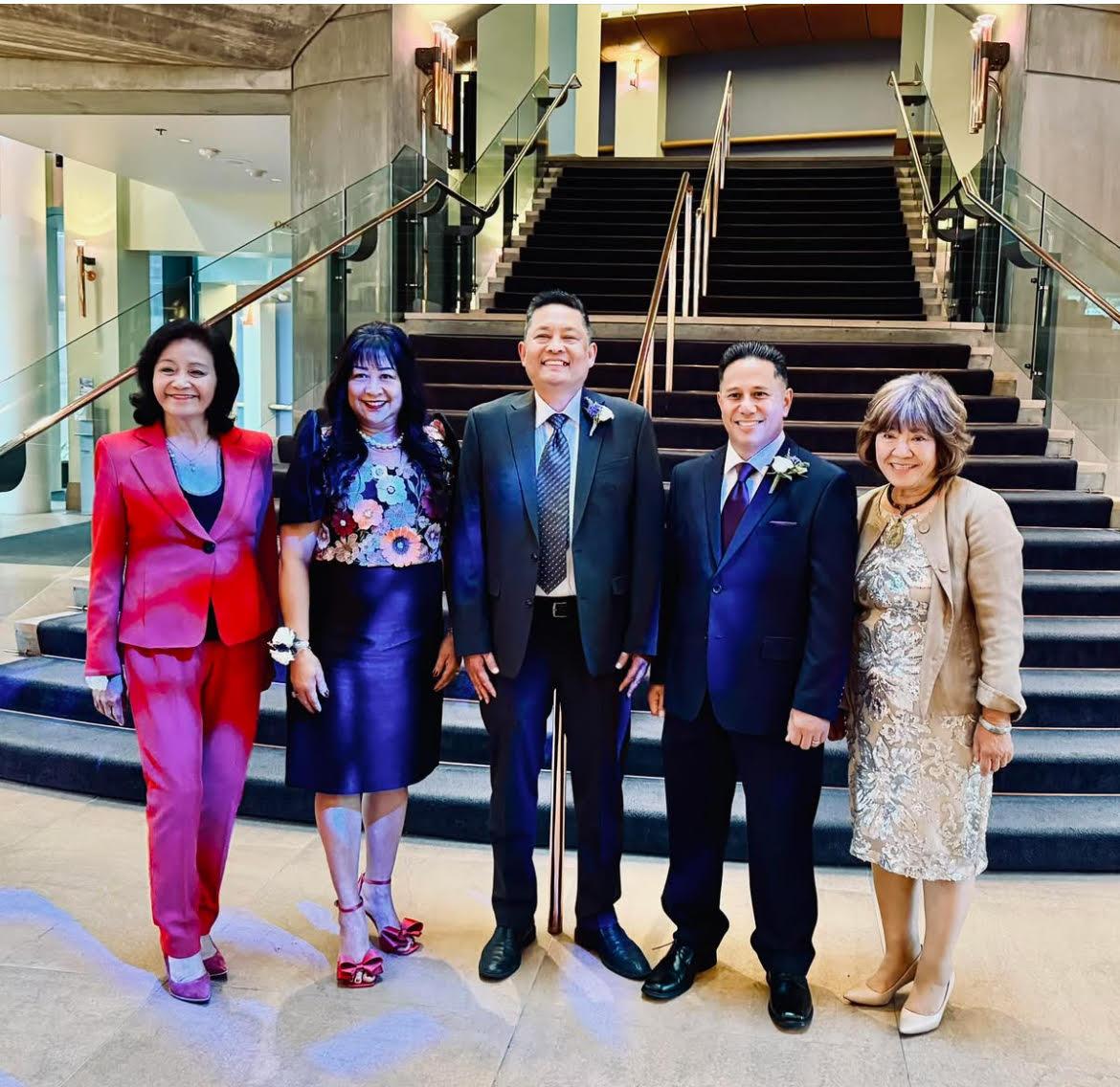
LOS Angeles County, which has been the epicenter of the coronavirus spread in California, received a glimmer of hope this week as vaccines against COVID-19 arrived.
Five health care workers at Kaiser Permanente Medical Center in Los Angeles were among the first in the county and state on Monday, December 14 to receive doses of Pfizer-BioNTech’s COVID-19 vaccine.
Among them was Helen Cordova, an intensive care unit nurse, who was administered the vaccine by Marilyn Lansangan, a senior nurse for internal medicine.
“We are marching through the horror of this moment — there is no way around that,” Los Angeles Mayor Eric Garcetti said on Monday during a press conference at Kaiser. “But today we’re also marching through the hope of this moment.”
The Golden State is slated to receive 327,000 doses of the vaccine in the first batch, with 33,150 that arrived on Monday. The governor added that Pfizer plans to send an additional 393,900 vaccines to the state by next week. Pending approval from the Food and Drug Administration, the state could receive 672,000 doses of the Moderna vaccine by the end of December.
“It is a day where we can lay claim to the fresh air of progress, versus that stale air of normalcy,” Newsom said during the press conference. “But nonetheless, as stated, we have to be sober and mindful about the moment we are in, which is challenging and trying. Today, we received as many doses in the entire state of California as there were new cases.”
The vaccination campaign comes as California reported 33,278 new cases and 77 additional deaths on Monday. The day after, another 32,326 cases and 142 deaths were reported, bringing the state’s totals to 1,617,370 infections and 21,188 deaths.
LA County alone has identified 532,730 positive COVID-19 cases and 8,345 deaths since the pandemic began some 10 months ago.
The county’s initial allocation is 82,875 doses for frontline health care workers at acute care hospitals, according to the county Department of Public Health.
By next week, the county is expecting another shipment for staff and residents of skilled nursing and long-term care facilities, along with continued distribution to front-line health care and emergency medical personnel.
“In the new year, we will start vaccinating more broadly with a continued focus on equity…Los Angeles County will ensure that vaccines will be available in every neighborhood and to all people in Los Angeles, regardless of race, insurance status or ability to pay,” Supervisor Hilda Solis said on Monday.

Vaccinate All 58
On Monday, Newsom also launched “Vaccinate All 58,” a campaign for safe, fair and equitable vaccine rollout in the state’s 58 counties.
The vaccines will be administered in phases by prioritizing groups according to risk and level of exposure, with the initial doses going to essential health care workers and those vulnerable in long-term care settings.
With the shots as a remedy to slow the spread of the pandemic that persists across the state, Newsom conveyed that Californians must remain cautious and continue to comply with public health guidelines.
“There’s light at the end of the tunnel and I am calling on all Californians to do our part to get us through this – wear a mask, reduce mixing, stay home, stop the spread and save lives. Together we will get through this,” he said.
Southern California, San Joaquin Valley and Greater Sacramento remain under the state’s regional stay-at-home order as their ICU levels dropped below the 15% threshold. The order also has shut down many non-essential businesses, such as bars, hair salons, personal care services and movie theaters.
Regions must remain under the order for at least three weeks and will be eligible to exit the order and return to the Blueprint for a Safer Economy only if ICU capacity projections for the following month are above or equal to 15%.
As of this writing, Southern California’s ICU capacity dropped to 1.7%, San Joaquin Valley climbed to 1.6% (after falling to 0% over the weekend), and Greater Sacramento at 14.9%. Meanwhile, the Bay Area is at 15.8% and Northern California at 29.8%.

National rollout
As the Pfizer-BioNTech vaccine — which was approved for emergency use by the Food and Drug Administration on Friday, December 11 — arrived in the United States, the country surpassed 16 million COVID-19 cases and 300,000 deaths this week.
The number of dead, according to Associated Press, rivals the population of St. Louis or Pittsburgh. It is also more than five times the number of Americans killed in the Vietnam War, and is equal to a 9/11 attack every day for more than 100 days.
“The numbers are staggering — the most impactful respiratory pandemic that we have experienced in over 102 years, since the iconic 1918 Spanish flu,” said Dr. Anthony Fauci, the nation’s top infectious disease expert.
Sandra Lindsay, a critical care nurse at Long Island Jewish Medical Center in New York, was the first person to receive the shot outside of a vaccine trial in the country on Monday morning.
“I’m hopeful. I’m excited. I feel relieved,” Lindsay told the AP after the injection.
In a separate interview with CNN, Lindsay, a Black woman, wants to inspire other people to get vaccinated, especially those in minority communities.
“I understand the mistrust among the minority community. I don’t ask people to do anything that I would not do myself and so I was happy to volunteer to be among the first,” said Lindsay.
“I did not know that I would make history and that’s not why I did it. I wanted to do it to inspire people who may be skeptical about taking the vaccine and trust in the science,” she added.
Fauci, for his part, stressed that the impacts of the vaccine won’t happen overnight.
“It’s not going to be like turning a light switch on and off,” he said.
“I don’t believe we’re going to be able to throw the masks away and forget about physical separation in congregate settings for a while, probably likely until we get into the late fall or early next winter,” he added.
He also said that he may be vaccinated in the next week or so.
“As soon as my turn comes up, which likely will be very soon, I’m going to be available to get vaccinated publicly so that people can see that I feel strongly that this is something we should do, and hopefully that will encourage many more people to get vaccinated,” Fauci told MSNBC.
Meanwhile, Health and Human Services Secretary Alex Azar said the general public could start receiving the vaccine by late February and March.
“It really, again, is going to be up to our nation’s governors, but with the Moderna and Pfizer vaccine, we’ll have, as I said, as many as 100 (million) shots in arms by the end of February,” he said.






